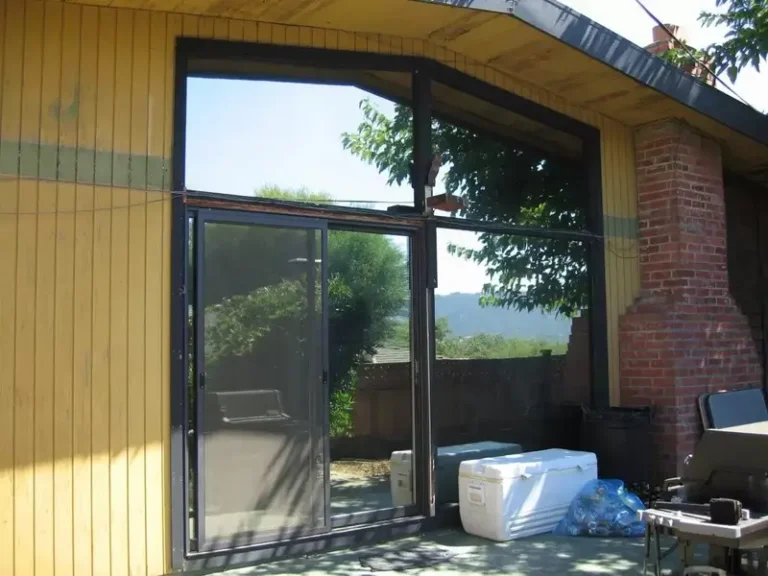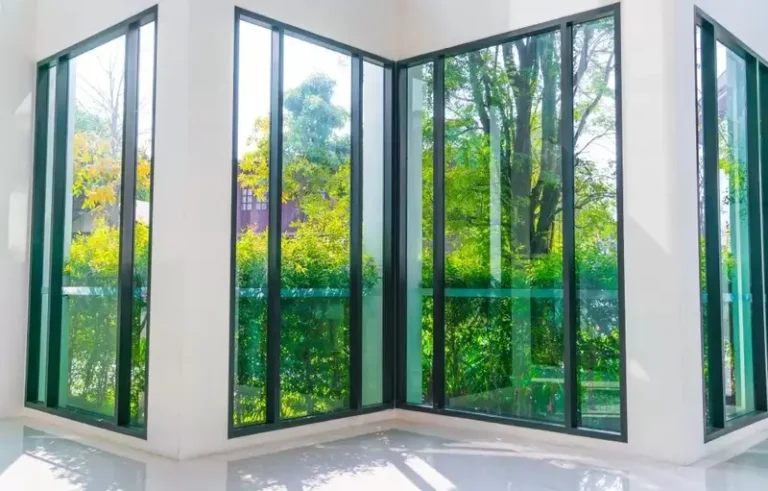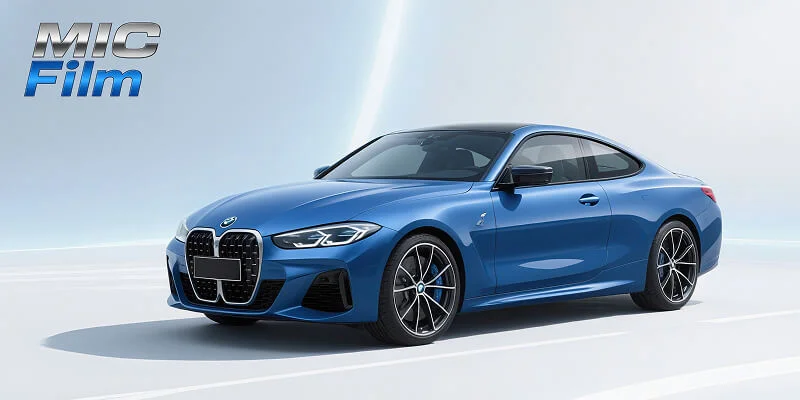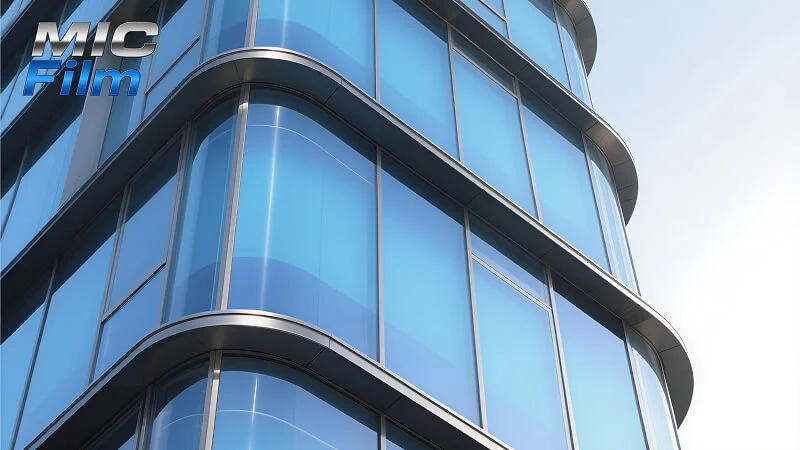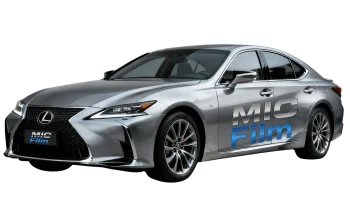If you’re looking for the best paint protection film for your car, keep reading. Automotive paint protection film is a durable, transparent layer applied to a vehicle’s painted surface to protect it from scratches, chips, and other types of damage. In this buying guide, we’ll look at the most important factors to consider when choosing the right PPF for your vehicle.
Film Thickness
{0}The thickness of the protective film is a key factor in determining its protective capabilities. A thicker film offers better protection against scratches, chips, and other damage. The most common thickness ranges from 0.18 mm to 0.25 mm. If you’re looking for a higher level of protection, choose a thicker film. It may be more expensive, but in the long run, it’s worth it — it will keep your car’s paint in good condition for a longer time.
Self-Healing Properties
Self-healing properties refer to the film’s ability to recover from scratches and minor damage. Some PPFs have a self-healing top layer that helps remove small scratches and scuffs. This feature is especially useful for vehicles that are often driven on rough roads. A self-healing polypropylene automotive film may also require less maintenance than traditional films.
Transparency
Another important factor to consider when choosing a paint protection film is its transparency. The PPF should be clear and transparent so you can see through it without distortion. A transparent film won’t affect your car’s original color. Keep in mind that thicker films may cause slight optical distortion, but this usually isn’t an issue.
Material Quality
The material of the paint protection film plays a crucial role in its durability. High-quality TPU PPF should have excellent resistance to UV rays, chemicals, and heat, making it long-lasting even under extreme weather conditions.
You should also consider the adhesive used to apply the film to the car’s paint. The adhesive must be strong enough to keep the film in place but gentle enough not to damage the paint.
Our Isffilm Car PPF is made from high-performance aliphatic TPU — exactly what your car deserves.
Application Area
The application area refers to where the protective film can be used. Some PPFs are designed for specific parts of the car, such as the front or rear bumpers, while others are made for full-body coverage. If you’re not replacing a single damaged part, full-body film is often more cost-effective and provides more comprehensive protection than partial coverage.
Conclusion
Choosing the right paint protection film can be challenging, but with this guide, you can make an informed decision. Always consider the thickness, self-healing properties, transparency, material quality, and application area of the film.
Why not choose MICfilm? High-quality PPF will provide superior protection and keep your car looking fresh and new for years to come.


